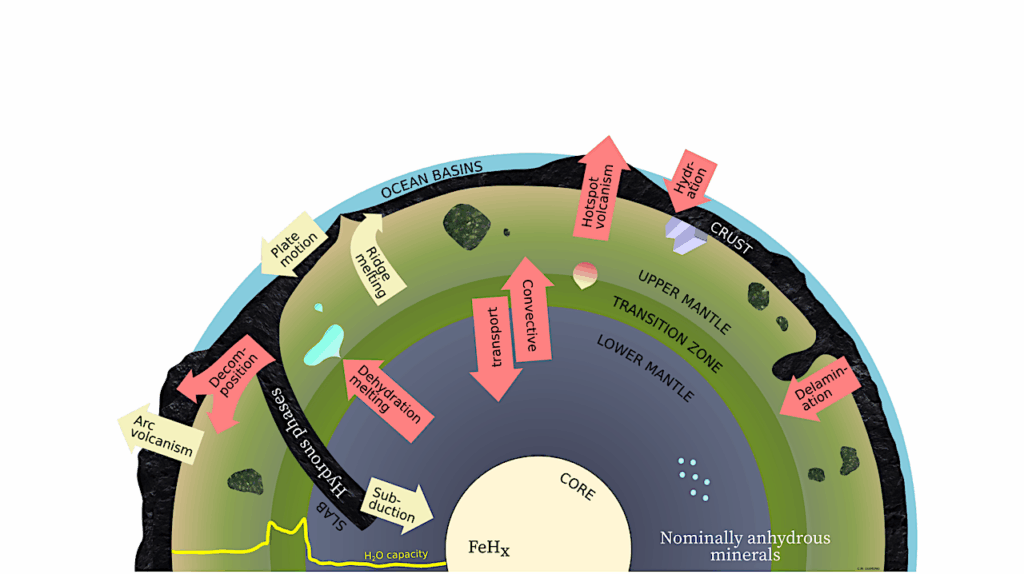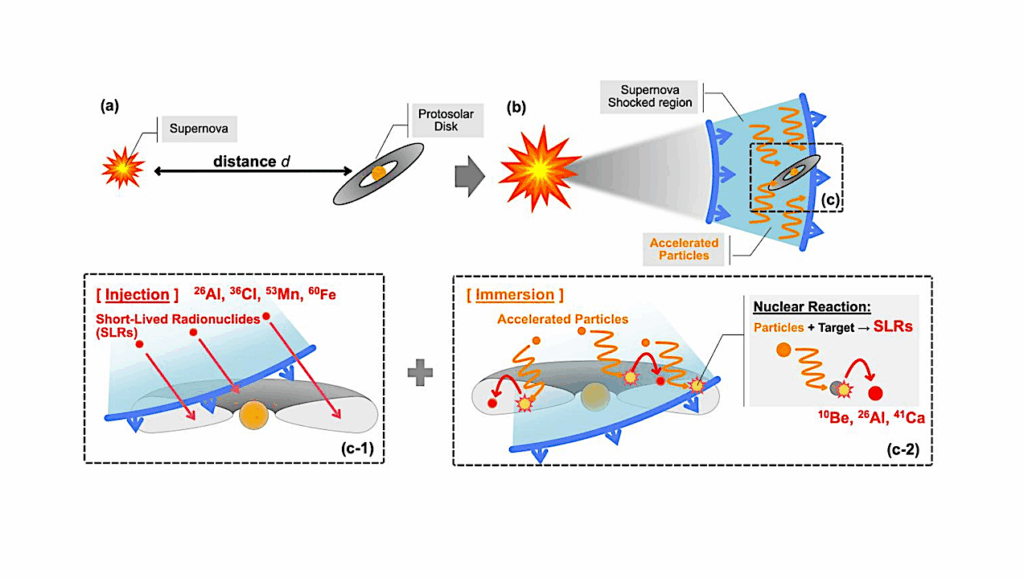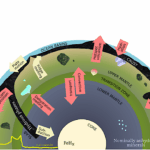Now Reading: Growth, Physiology, And Metabolism Of Halomonas Meridiana In Aqueous Ammonium Sulfate With Implications For Icy Moon Astrobiology
-
01
Growth, Physiology, And Metabolism Of Halomonas Meridiana In Aqueous Ammonium Sulfate With Implications For Icy Moon Astrobiology
Growth, Physiology, And Metabolism Of Halomonas Meridiana In Aqueous Ammonium Sulfate With Implications For Icy Moon Astrobiology


0.5 M (NH4)2SO4. Light yellow numbered items and arrows refer to the following biological components: 1, undulating outer membrane; 2, periplasmic space; 3, inner membrane; 4, nucleoid; 5, cytoplasm; 6, PHA-like granule; 7, lysed cell; 8, electron-dense material. — Frontiers
The discovery of extraterrestrial reservoirs of liquid water has motivated missions to icy moons Europa and Titan.
Tentative evidence of ammonium sulfate ((NH4)2SO4) has been detected on the surface of Europa, and (NH4)2SO4 could be a prominent constituent of the Titan subsurface ocean. While NH + 4 acts as a nitrogen source for many organisms, detrimental impacts of (NH4)2SO4 fertilizer have been documented in bacteria.
Consequently, the presence of (NH4)2SO4 within icy moon environments may constrain the capacity of these environments to support life. In this study, the bacterial survival limits and physiological response to aqueous (NH4)2SO4 were assessed using the extremophile Halomonas meridiana Slthf1. Growth assays demonstrated concentrations exceeding 0.25 M (NH4)2SO4 led to a measurable slowing of the growth rate.
Cell density remained comparable to control conditions up to 0.75 M (NH4)2SO4 at which a decline was observed. Contrary to existing hypotheses, alterations to cell density were not determined by pH, osmolarity, salinity, ionic strength, or water activity of the aqueous (NH4)2SO4 solution. Furthermore, neither NH + 4 nor SO 2 − 4 alone accounted for these alterations. Metabolite profiling revealed that exposure to (NH4)2SO4 reduced the abundance of glutamine compared to control, indicating an alteration to nitrogen, carbon, and energy metabolism.
Active catabolism was suggested by reduced levels of purine metabolites and amino acids. Metabolites within the methylaspartate cycle were detected. We discuss these results with regards to the potential for habitability in aqueous extraterrestrial (NH4)2SO4 environments as well as terrestrial environments in which (NH4)2SO4 fertilizer is applied.
Astrobiology,
Stay Informed With the Latest & Most Important News
-
 012024 in Review: Highlights from NASA in Silicon Valley
012024 in Review: Highlights from NASA in Silicon Valley -
 02Panasonic Leica Summilux DG 15mm f/1.7 ASPH review
02Panasonic Leica Summilux DG 15mm f/1.7 ASPH review -
 03From Polymerization-Enabled Folding and Assembly to Chemical Evolution: Key Processes for Emergence of Functional Polymers in the Origin of Life
03From Polymerization-Enabled Folding and Assembly to Chemical Evolution: Key Processes for Emergence of Functional Polymers in the Origin of Life -
 04How New NASA, India Earth Satellite NISAR Will See Earth
04How New NASA, India Earth Satellite NISAR Will See Earth -
 05And Thus Begins A New Year For Life On Earth
05And Thus Begins A New Year For Life On Earth -
 06Astronomy Activation Ambassadors: A New Era
06Astronomy Activation Ambassadors: A New Era -
07SpaceX launch surge helps set new global launch record in 2024





















